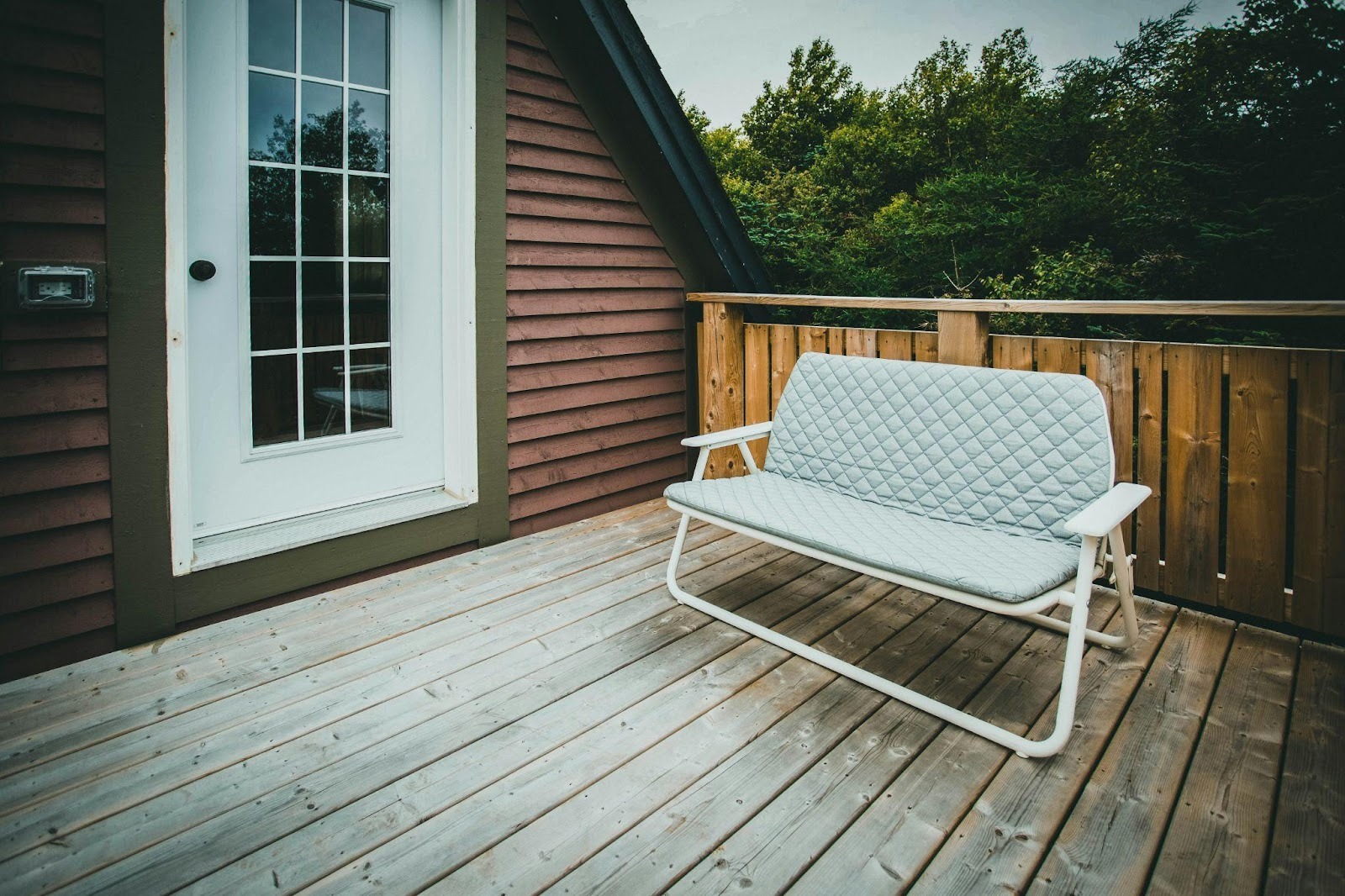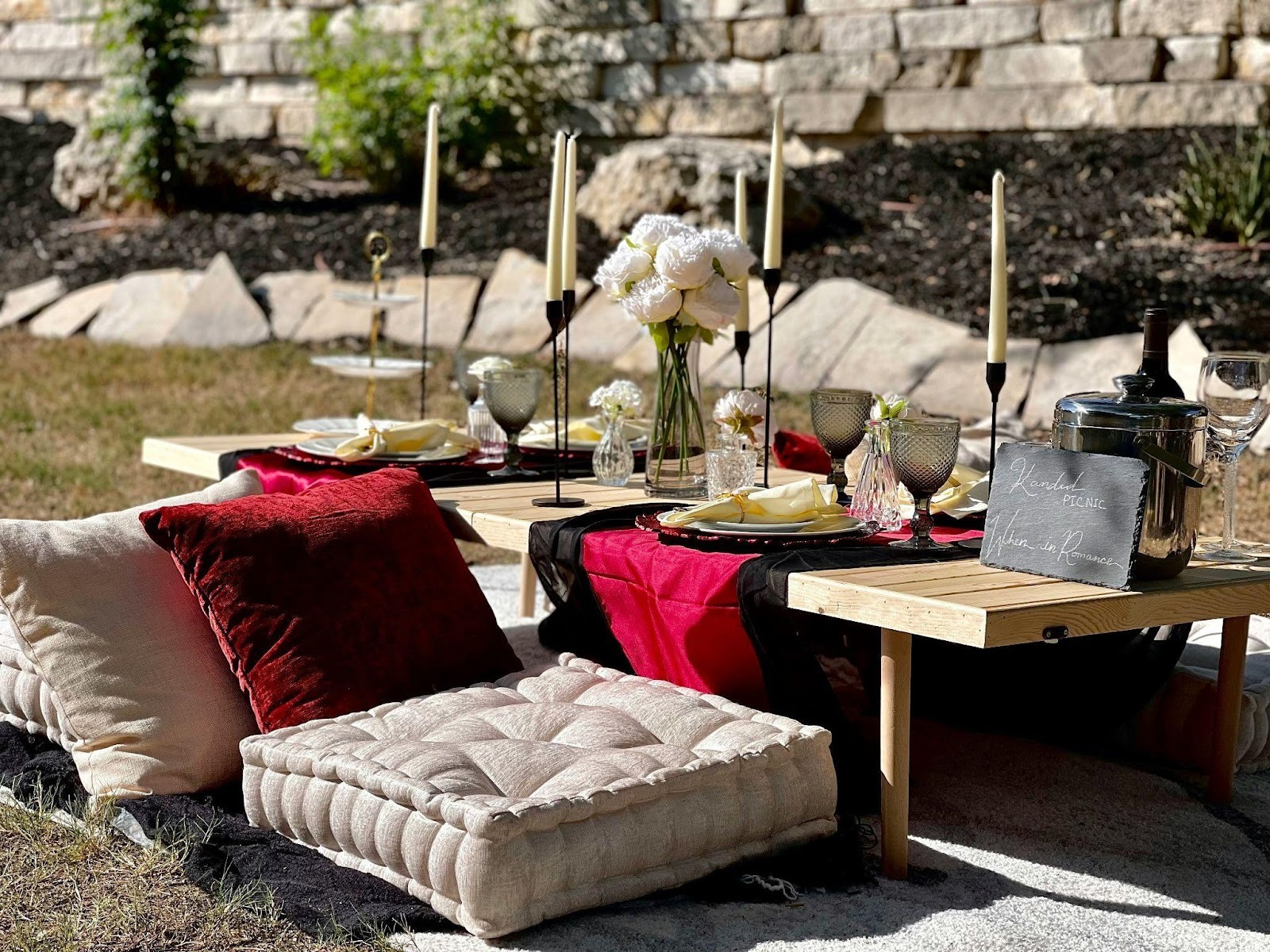Photo Kandid Picnic on Unsplash
Walk into many backyards lately and you’ll feel a shift: it’s not just the patio furniture or the grill, but how the space feels. Shade where there was none. A sense of weather-resilience rather than just decoration. When homeowners talk about outdoor upgrades today, they’re increasingly landing on the idea of awnings as a fundamental piece of the comfort puzzle. G T Watts Inc., a long-standing manufacturer and installer of custom awnings in Pennsylvania, frames this shift well what was once an aesthetic afterthought is now central to how people live outside.
What’s interesting is that these features don’t necessarily shout “luxury”, they quietly improve daily living. They make the transition from indoors to outdoors smoother. They keep the sun off, rain from interrupting, and the patio usable longer. In the home-upgrade world of 2025, where people value flexibility and comfort more than just size, these outdoor comfort features are gaining momentum.
Shade and protection: beyond aesthetics
People often think of shade as a summer concern alone. But an awning does more: it extends the season. It means you can use a patio in spring drizzle or autumn light rather than feeling forced inside. When you invest in well-designed outdoor cover, you’re adjusting how you live across weather rather than just for the fair days.
Homes that flow from living room to patio, from kitchen window to outdoor dining, tend to feel larger both physically and in terms of experience. When the shade structure is right, you don’t merely sit in the yard; you inhabit it. The integration of sun, architecture, wind and usability becomes part of your comfort. Studies about outdoor living trends emphasize incremental changes like this as having high return on satisfaction, even if they don’t radically alter the structure.
Material and durability are more visible than ever
When I first spoke to some homeowners about up-grading outdoor features, many assumed awnings were purely fabric ones: canvas, simple frames. But companies like G T Watts Inc. emphasise durability metal standing-seam awnings, custom-fit aluminum covers, retractable systems engineered for wind and snow. That matters because outdoor features face the elements more literally than indoor ones.
If your outdoor shade fails after one winter, the disappointment sticks. But when the structure holds up, when the fabric stays taut, when the valves or motors for retractables still perform then the feature becomes more than an accessory. It becomes a reliable part of the home. And reliability in outdoor living is increasingly what homeowners are looking for.
Defining outdoor spaces for comfort and use
One of the trends this year is outdoor spaces that feel like “rooms” rather than just “yards.” Homeowners want covered dining, lounge areas safe from drizzle, sun-protected reading nooks, maybe even outdoor work zones. Awnings anchor those ideas. A fixed cover over a deck makes the space usable even when the weather shifts. A retractable system gives flexibility sun when you want it, shade when you don’t.
When you think of the home as extending outward, the threshold between inside and outside matters. If you leave a patio exposed because “that’s just how it’s always been,” you’re giving up half the potential of the home’s footprint. But by adding or upgrading shade and cover thoughtfully, you transform the outdoor into functional, not just decorative. That matters in how people choose homes, stay longer, enjoy more and invest more.
Outdoor comfort intersects with resale value

Photo by Jonathan Cooper on Unsplash
It might feel indulgent to think “I’ll add a custom awning” when there are so many options for interior renovations. But what many homeowners don’t realise is that outdoor comfort features carry value when the time comes to sell. Prospective buyers often walk the yard first and ask: is this space ready to use? Is it a bonus or a chore? A well-executed shade system signals that the home has planned for comfort, not just aesthetics.
Industry sources on home-improvement return suggest that outdoor living upgrades when done with quality materials and good design often achieve better cost recovery than many interior design trends because they expand usable square footage conceptually rather than literally. Buyers pay attention to how a space works in all seasons, and when the outdoors is right, the home reads as better maintained and better designed.
Choosing what fits your lifestyle and climate
Not all awnings or outdoor cover systems are created equal, and the key is aligning them with your home’s geography, weather patterns and how you live. If you live where the summer sun is fierce, full-coverage shade matters. If you’re in a milder climate but want year-round use, a retractable system might make sense. If you want low-maintenance, a metal system might be the right trade-off. The conversation around materials, durability, maintenance is part of what homeowners are prioritising this year.
Moreover, the installation process, the contractor interaction, the custom fit those all matter. A reputable firm talks not only about size and finish but about orientation, wind load, future use. That kind of thought prevents the “nice but now obsolete” effect: you install something that looks great but doesn’t perform or integrate. Designers of outdoor living spaces repeatedly emphasise that aligning features with use is more impactful than simply choosing the most expensive material.
Comfort, usability and long-term satisfaction
In the end, what homeowners are looking for is not only a feature list but daily feeling. They want the patio to feel comfortable at 5 pm, shielded at noon, accessible after a light rain, shaded while reading. The time spent outdoors adds up. Those moments of coffee at dawn, a book in the evening light, friends gathered under cover are what give the home its character. And features like awnings make those moments possible, not marginal.
This year the outdoor upgrade isn’t just about adding something new; it’s about matching how you live with how you want to live. When that alignment happens, the investment becomes invisible in its value not a “wow” moment but a “why didn’t we do this sooner” moment.

